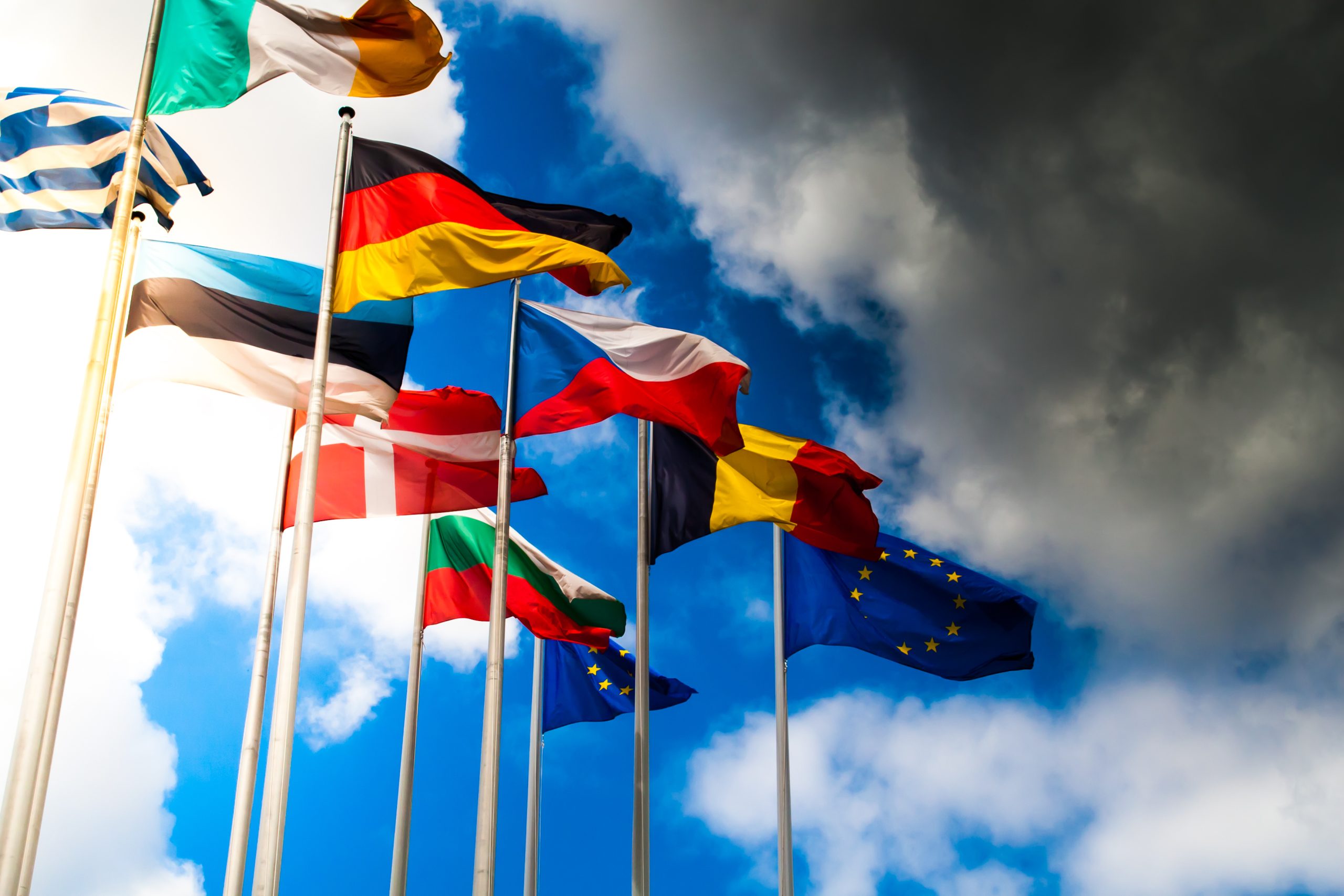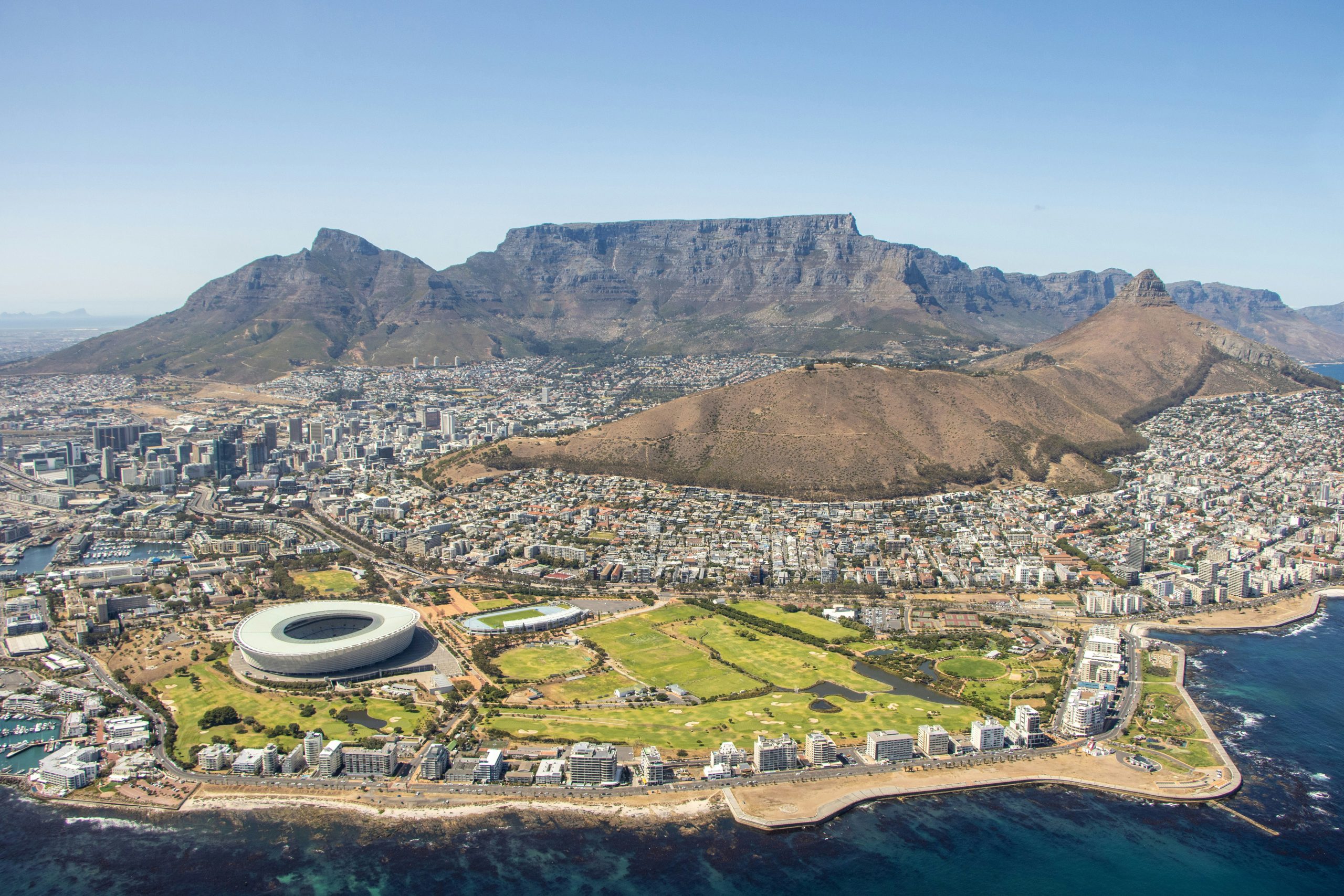The CEHC Aims to Create a Hydrogen “Highway“ in Central Europe

The Central European Hydrogen Corridor (CEHC) aims to create a hydrogen “highway“ in Central Europe for transporting hydrogen from major hydrogen supply areas in Ukraine to hydrogen demand clusters in Germany.
The hydrogen corridor will also enable hydrogen transport between hydrogen production facilities and hydrogen consumers in the Czech Republic and Slovakia.
The project is promoted by four gas TSOs: GTSOU (Ukrainian TSO), EUSTREAM (Slovak gas TSO), NET4GAS (Czech gas TSO) and OGE (German gas TSO).
The first preliminary results of the pre-feasibility study confirm that most of the relevant natural gas infrastructure can be repurposed to carry 100% hydrogen. With an initial technical capacity of 144 GWh/d green hydrogen will be transported via repurposed pipeline combined with some targeted investments in new dedicated hydrogen pipelines and compressor stations. The project is expected to be commissioned by 2030.
The project could make a significant contribution to REPowerEU’s target of importing 10 million tonnes of green hydrogen into the EU by 2030. At full load, the CEHC corridor could transport up to 1.5 million tonnes of hydrogen per year.
The CEHC initiative is open for cooperation with hydrogen producers, large hydrogen consumers and other gas infrastructure companies to help facilitate the production and consumption of hydrogen in Central Europe.
Hydrogen Infrastructure Map
The updated Hydrogen Infrastructure Map is now available online. It shows how the European infrastructure evolves across countries and sectors for hydrogen distribution, transmission, import terminals, storage, demand and production towards 2030, 2040 and 2050. This new edition for the first time identifies the projects with European Commission PCI and PMI status.
The update of the Joint Hydrogen Infrastructure Map shows the ever-expanding network of hydrogen infrastructure to support the emerging hydrogen market for a decarbonised energy system in Europe.
This interactive tool was created by six industry associations
ENTSOG, GIE, Eurogas, CEDEC, GEODE, GD4S – following the request of the European Commission. The project information was collected by using a bottom up approach, with data provided by project promoters. More recently, a new mapping tool has improved map navigation and the user experience by including a search function for project name and project promoter, and a dedicated sidebar for project information.
For the first time, the map incorporates the identification of projects that have European Commission Projects of Common Interest (PCI) / Projects of Mutual Interest (PMI) status. This includes the 65 hydrogen and electrolyser projects identified as PCIs and PMIs in the first list under the revised Trans-European Networks for Energy Regulation (TEN-E).
A total of approx. 500 hydrogen projects have been submitted by project promoters, since the launch of the map, and it now includes:
- >130 hydrogen transmission projects
- >60 Hydrogen distribution projects
- >70 Hydrogen storage projects
- >20 Hydrogen terminals & ports projects
- >20 Hydrogen demand projects
- >170 Hydrogen production projects
The involved associations are committed to facilitating updates to the Hydrogen Infrastructure Map twice a year, to ensure that it is a ‘living’ map comprising the most up-to-date status of the hydrogen projects network. The next update is planned for Q4 2024.

